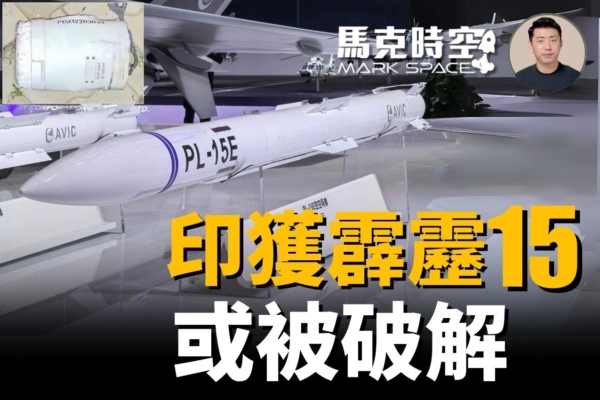On May 7th, the escalating tensions between India and Pakistan in the air warfare have sparked a fierce information war between Pakistan and China. Pakistan initially claimed to have shot down 3 Indian fighter jets, then increased the number to 5, and even claimed to have targeted 15 aircraft. Chinese media outlets quickly picked up on this news, inflating the number of downed planes from 3 to 5 and then to 6 or 7.
India, on the other hand, flatly denied any of its aircraft being shot down. They stated that no Mirage fighter jets were deployed and also refuted the claim of shooting down JF-17 fighter jets. Furthermore, various international media outlets and fact-checking organizations pointed out that several images of downed aircraft circulating on Chinese websites were actually from past incidents in India, including a military plane crash in early 2025, a photo from 2017, and even footage from 2005 recycled to exaggerate the latest “victories.”
As the debate rages on about who shot down whom and what type of aircraft were involved, on Friday, May 9th, India made a significant discovery in the Hoshiyarpur district of Punjab, finding an almost intact Chinese-made beyond-visual-range air-to-air missile PL-15. This finding is expected to provide valuable insights into the technical specifications and combat capabilities of Chinese missiles for the Indian Air Force and potentially Western forces, allowing them to potentially decrypt the missile’s guidance and control systems to develop effective defense mechanisms.
Experts are particularly interested in the guidance system of the PL-15 missile, which plays a critical role in detecting, tracking, and locking onto targets. Acquiring a complete guidance system would provide adversaries with insight into its classified specifications, abilities, weaknesses, and limitations, aiding in the research of countermeasures and interference techniques. By studying the engine section, the type and mixture of fuel used, as well as estimating the actual speed and range of the missile, could also be obtained.
In addition to the aerial dogfights between fighter jets in the Indo-Pak conflict, the use of suicide drones was also prominent. After India successfully targeted 9 locations in Pakistan with airstrikes on the 7th, both countries engaged in drone attacks on the 8th and 9th. India deployed various attack drones, including the Harop and Sky Striker models, primarily targeting Lahore, the largest city in Punjab, Pakistan. India claimed to have destroyed several Pakistani air defense radars and missile systems, including the Red Flag-9 system near Lahore airport. Pakistan, on the other hand, asserted that they shot down a total of 25 Indian drones in cities like Karachi, Lahore, and Rawalpindi, but it was evident that some drones did hit their targets. India countered by stating that Pakistan had violated Indian airspace with over 300 drones in the past two days, attacking military bases in India as well as in Kashmir.
The repercussions of this Indo-Pak conflict are far-reaching, with not just fighter jets engaging in combat but also the prominent use of unmanned aerial vehicles. Both countries continue to exchange accusations and claims regarding the destruction caused by airstrikes and drone attacks, further escalating tensions in the region. The situation remains fluid as both sides maneuver to assert their military strength amidst conflicting narratives and allegations.

